
Students will learn about various types of waste products and develop a solution that finds a creative way of transforming it into a useful product.
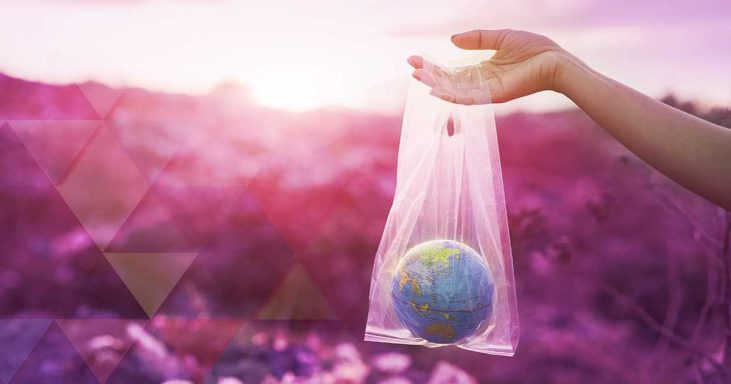
In 2015, Americans generated 262.4 million tons of trash. 137.7 million tons ended up in landfills across the U.S.” While local communities across the country have responded by increasing recycling initiatives, there is still a major threat as the world population continues to skyrocket — what exactly can we do about our waste? Humans generate tons of waste, not just from the products they use and dispose of, but also biological refuse. Everyone seems fascinated by poop, but many fail to realize that after it leaves your toilet, it is going somewhere. Many have a misconception that it is just large agricultural or industrial corporations that produce massive amounts of waste materials, but every day, citizens contribute to the global problem. In this challenge, students will learn about various types of waste products and develop a solution that finds a creative way of repurposing them into a useful product.
IDENTIFY A CHALLENGE
“In 2015, Americans generated 262.4 million tons of trash. 137.7 million tons ended up in landfills across the U.S.” According to the US Census Bureau, the world population in 2019 was 7.6 billion people. By 2040, that number will be approaching 9 billion. As the world continues to add more living beings to the planet, all of whom are producing waste material in their everyday lives, one has to ask, what can be done about the world’s waste?
In the United States, over 50% of solid waste material ends up in landfills, approximately 26% is recycled, and the remainder is either composted or incinerated. Many states have developed comprehensive recycling programs to limit the amount of solid waste material humans are sending to landfills. These include: materials and food packaging, disposable silverware, and hygiene products. But what about the other types of solid waste materials that humans generate — poop? Are there creative strategies that could be put into place or unique products that could be developed that would allow for the development of “brown energy”? In this challenge, you will be learning about various waste products and tasked with identifying creative strategies and solutions for reducing their negative impact on the environment.
THIS SOLUTION MUST ADDRESS THE FOLLOWING NEEDS:
SUCCESS WILL BE DETERMINED BY:
How can we improve the ways in which waste products are disposed of in the US?
NEXT GENERATION SCIENCE STANDARDS
https://www.nextgenscience.org/
HS-ETS1-1 Analyze a major global challenge to specify qualitative and quantitative criteria and constraints for solutions that account for societal needs and wants.
HS-ETS1-2 Design a solution to a complex real-world problem by breaking it down into smaller, more manageable problems that can be solved through engineering.
HS-ETS1-3 Evaluate a solution to a complex real-world problem based on prioritized criteria and trade-offs that account for a range of constraints, including cost, safety, reliability, and aesthetics, as well as possible social, cultural, and environmental impacts.
RST.11-12.9 Synthesize information from a range of sources (e.g., texts, experiments, simulations) into a coherent understanding of a process, phenomenon, or concept, resolving conflicting information when possible.
COMMON CORE
http://www.corestandards.org/Math/
CCSS.MATH.CONTENT.5.OA Write and interpret numerical expressions.
CCSS.MATH.CONTENT.5.NBT Perform operations with multi-digit whole numbers and with decimals to hundredths.
CCSS.MATH.PRACTICE.MP2 Reason abstractly and quantitatively.
CCSS.MATH.PRACTICE.MP4 Model with mathematics.
http://www.corestandards.org/ELA-Literacy/
CCSS.ELA-LITERACY.SL.9-10.4 Present information, findings, and supporting evidence clearly, concisely, and logically such that listeners can follow the line of reasoning and the organization, development, substance, and style are appropriate to purpose, audience, and task.
CCSS.ELA-LITERACY.W.9-10.7 Conduct short as well as more sustained research projects to answer a question (including a self-generated question) or solve a problem; narrow or broaden the inquiry when appropriate; synthesize multiple sources on the subject, demonstrating understanding of the subject under investigation.
CCSS.ELA-LITERACY.W.11-12.7 Conduct short as well as more sustained research projects to answer a question (including a self-generated question) or solve a problem; narrow or broaden the inquiry when appropriate; synthesize multiple sources on the subject, demonstrating understanding of the subject under investigation.
Similar topics are offered in these puzzlers

Several schools across the country have developed composting programs to help eliminate waste from lunch.

What happens to waste after destruction caused by natural disasters?

In what ways can a plastic bottle be repurposed into something useful?
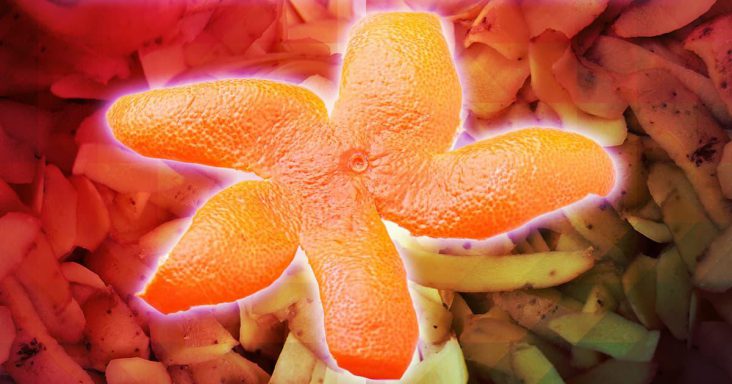
What does “Best If Used By” mean for food waste and safety?
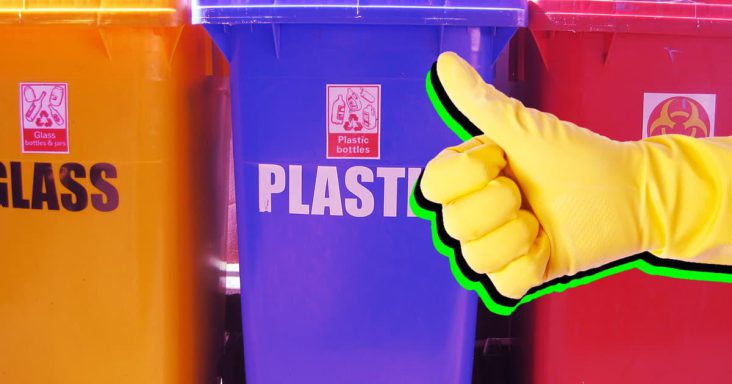
What are the careers involved in managing the world’s waste?

Film a public service announcement about conserving energy
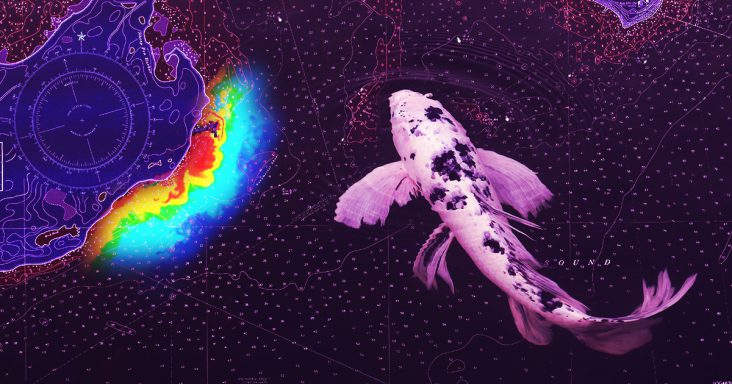
Students will create a PSA to educate others in their school and community about dead zones.
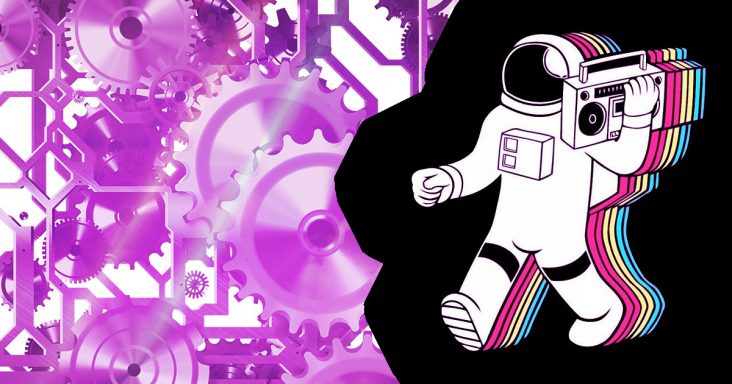
Use a Rube Goldberg machine to demonstrate energy transfer